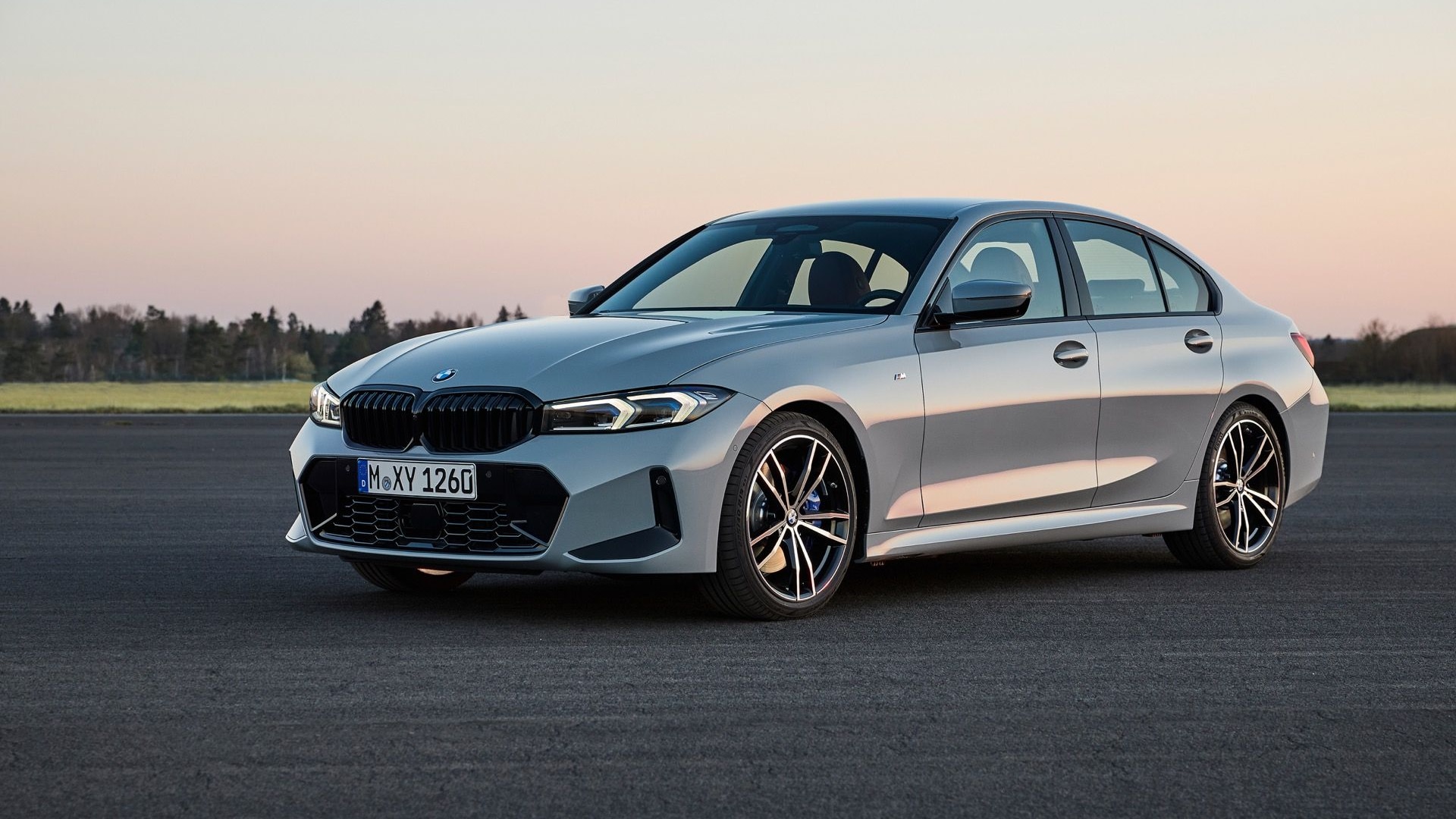
Skip Barber 2-Day High Performance Driving School
These two exercises are perhaps the most relevant to everyday street driving, as almost everyone is likely to need to make a sudden maneuver or emergency stop at some point in their life. Learning how to do it in a safe environment, the right way, from talented and helpful instructors, could make the difference between pulling it off cleanly or spending time in the garage, the hospital, or worse.
Read on for a detailed look at each exercise, the skills learned and required, and the methods used to teach drivers how to get the most out of their car and themselves.

Skip Barber 2-Day High Performance Driving School
This is one element that every driver should have to learn before getting their license. Unfortunately, very few drivers will ever learn to properly brake at the true limit of the car's ability, much less how to keep the car in control, and even maneuver it while doing so. You will be one of those few.
Starting from a stop in either a BMW M3 Coupe or a Lexus IS F, you will accelerate toward a set of cones arranged in a Y-formation. Initially, you'll just be trying to brake as hard as possible, to come to a complete stop in the shortest possible distance. When the instructor flips a switch, the overhead traffic lights will go from green to red; your reaction time and technique on the brake pedal are then evaluated from outside the car. Once you've come to a complete stop, you'll drive to the instructors for a quick evaluation of your run, so you can take those notes back for your next one. You'll get to repeat this exercise about a half-dozen times.
After the straight-line braking is complete, the instructors kick up the difficulty level a notch, throwing the stop light so late that it'll be impossible to stop before hitting the cones dead ahead. Instead, you'll be learning how to brake at maximal force as long as you can in a straight line, then gradually trail off the brake pressure as you add steering input to veer safely to either the right or the left into the defined cone-lanes.
Here, too, you'll learn the importance not just of what your hands and feet are doing, but of where your eyes are looking. If your eyes are locked on the wall of cones, you'll almost certainly hit them--and many students do.

Skip Barber 2-Day High Performance Driving School
Like the threshold braking exercise, the emergency lane change seems like it should be required instruction for all drivers. On the freeway, being able to control your car when you need to avoid a rapidly developing situation, such as a crash or unseen road debris, can mean the difference between a hair-raising moment and an insurance-raising wreck--or worse.
For this exercise, you'll again start from a stop with either the M3 or IS F, accelerating as quickly as possible through one of three lanes. The instructors use the overhead lights to signal, at the last minute, which lane you'll veer into. This simulates a sudden obstacle appearing in your view and helps prevent anticipation of the maneuver. You'll be shocked at how late the signal is given and how quickly you'll have to react.
You might be even more shocked at the violence with which you'll need to steer the car and how hard it is to properly gauge the path you need to take at first. Really experiencing a lane-change at speed is much different from imagining it--and these cars accelerate very quickly, so you'll likely be doing 55-65 mph by the time you're wrestling the car into the next lane. Once you've made several passes through the single lane-change exercise, you'll move on to the double lane change.
As you might expect, the double-lane change is at least twice as hard as the single. You'll be moving at the same fast clip, but you have to traverse twice as much ground to end up in the assigned lane. Here, you'll experience the cars at the limits of their traction, stability/dynamics control, and braking ability. It's an eye-opener for those new to high-performance cars, and still a very difficult exercise even for those with more time under their belts.
This element is only done on the second day, after you've developed the core skills from the skidpad, threshold braking, and autocross drills.
More to come
You've already read part one, covering the skidpad and the autocross, and now part two, but stick around for the third and final part tomorrow, which will detail the slalom and road course elements of the course and bring it all together in the conclusion.



